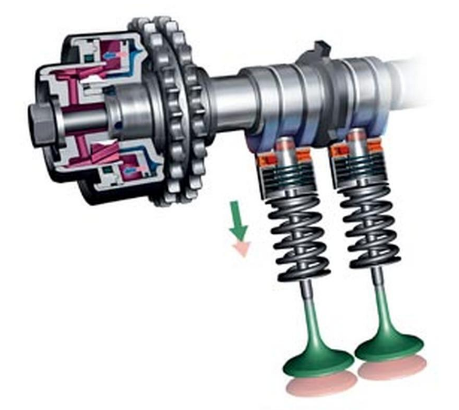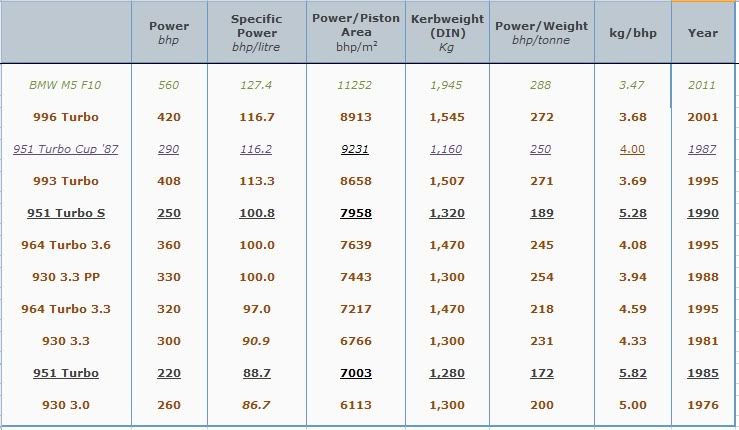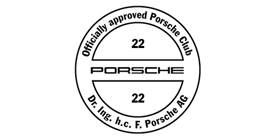George Elliott
New member
Found an interesting piece of info on the 997 Reg regarding valve timing, see below. Thankyou Motorhead - Jeff.
Can anyone give the 951 std cam timing? I am happy to ignore the valve lift at this stage.
"Unfortunately, I don't have the figures for the 997 GT2 but Paul Frere, in his excellent book "Porsche 911 Story", gives the timing for the M96/70 engine used in the 996 Turbo (the GT2 uses the same engine but with slightly larger turbos). These engines have both variable inlet valve timing and lift (Variocam Plus) as follows:
In the high lift mode at 1mm valve lift and zero lash -
"Early" diagram: Intake opens 15deg before TDC; closes 15deg after BDC
"Late" diagram: Intake opens 15deg after TDC; closes 45deg after BDC
Exhaust opens 41deg before BDC, closes 9deg before TDC
In the low lift mode -
"Early" diagram: Intake opens 2deg after TDC; closes 62deg before BDC
"Late" diagram: Intake opens 32deg after TDC; closes 32deg before BDC
Exhaust opens 41deg before BDC, closes 9deg before TDC
Incidentally, the Paul Frere book (in its revised and expanded 8th edition) contains a lot of technical information on the engine which you'll find very useful."
George
944T
Can anyone give the 951 std cam timing? I am happy to ignore the valve lift at this stage.
"Unfortunately, I don't have the figures for the 997 GT2 but Paul Frere, in his excellent book "Porsche 911 Story", gives the timing for the M96/70 engine used in the 996 Turbo (the GT2 uses the same engine but with slightly larger turbos). These engines have both variable inlet valve timing and lift (Variocam Plus) as follows:
In the high lift mode at 1mm valve lift and zero lash -
"Early" diagram: Intake opens 15deg before TDC; closes 15deg after BDC
"Late" diagram: Intake opens 15deg after TDC; closes 45deg after BDC
Exhaust opens 41deg before BDC, closes 9deg before TDC
In the low lift mode -
"Early" diagram: Intake opens 2deg after TDC; closes 62deg before BDC
"Late" diagram: Intake opens 32deg after TDC; closes 32deg before BDC
Exhaust opens 41deg before BDC, closes 9deg before TDC
Incidentally, the Paul Frere book (in its revised and expanded 8th edition) contains a lot of technical information on the engine which you'll find very useful."
George
944T












